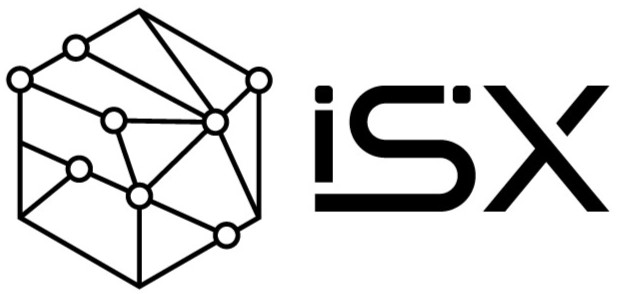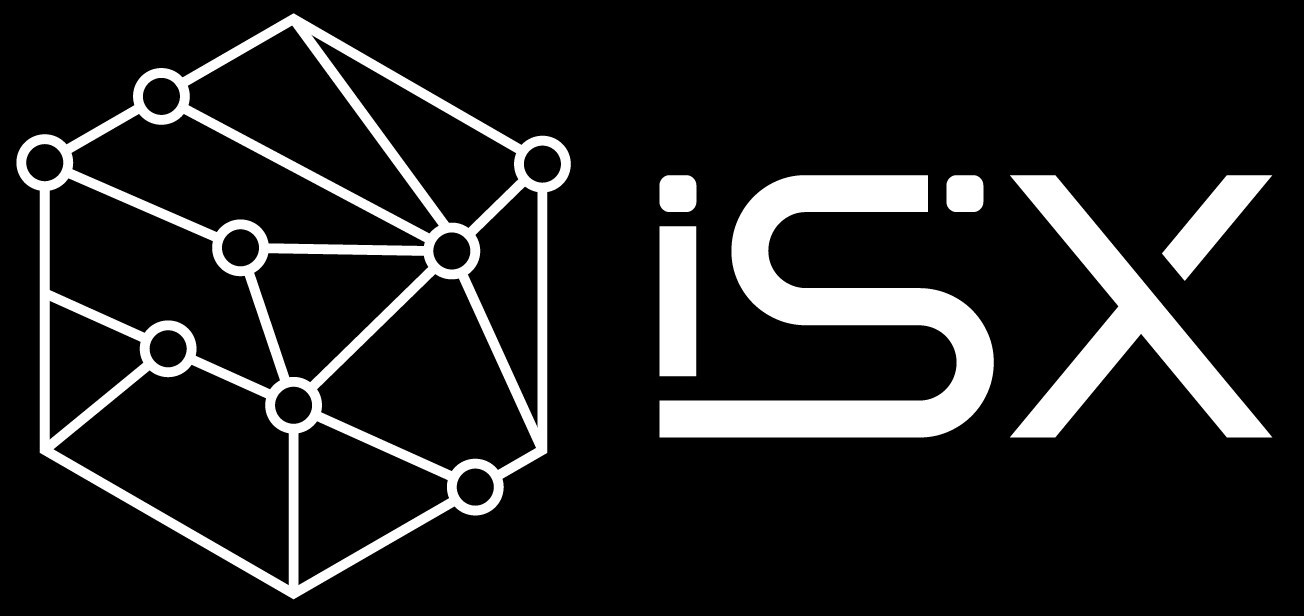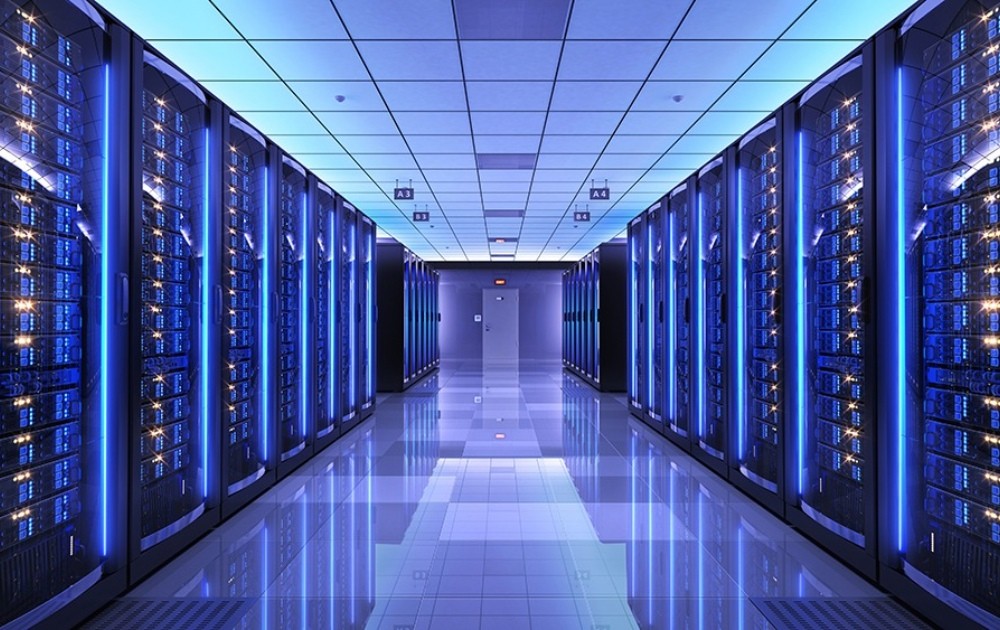Powering the Next Generation Data Center Using Latest Technologies
The exponential growth of data and the increasing demand for digital services have necessitated the evolution of data centers. As we enter the next generation of data centers, innovative technologies are emerging to address the challenges of power consumption, scalability, and efficiency. By harnessing these latest technologies, we can create data centers that are more powerful, flexible, and sustainable, paving the way for a digitally connected future.
Artificial Intelligence (AI) for Energy Optimization:
AI and machine learning algorithms are revolutionizing the way data centers operate. By analyzing vast amounts of data in real-time, AI-powered systems can optimize power usage, predict demand patterns, and dynamically adjust resource allocation. This enables data centers to operate more efficiently, reducing energy waste and minimizing operational costs.
Liquid Cooling Solutions:
Data centers generate significant amounts of heat, and cooling these facilities efficiently is crucial. Liquid cooling solutions, such as direct-to-chip or immersion cooling, offer enhanced heat dissipation capabilities compared to traditional air cooling methods. By directly transferring heat away from the source, liquid cooling can improve energy efficiency, reduce cooling costs, and enable higher-density computing.
Edge Computing:
Edge computing brings computation and storage closer to the data source, reducing latency and improving performance. By processing data locally at the edge, data centers can minimize the need for long-distance data transfers, thereby reducing energy consumption. Edge data centers, strategically located near end-users or IoT devices, enable faster response times and facilitate more efficient use of network resources.
Modular and Scalable Designs:
Modular data center designs allow for rapid deployment and scalability. Pre-fabricated modules, equipped with all the necessary infrastructure, can be easily added or removed as demand fluctuates. This approach minimizes upfront costs, optimizes resource utilization, and ensures that data centers can scale efficiently without unnecessary power consumption.
Renewable Energy Integration:
As the world embraces a more sustainable future, powering data centers with renewable energy sources is gaining momentum. Solar, wind, and hydroelectric power can provide clean and renewable energy to supplement or replace traditional power sources. Integrating renewable energy generation within data centers or sourcing energy from off-site renewable projects reduces carbon emissions and contributes to a greener, more sustainable data center infrastructure.
Energy Storage Solutions:
The intermittent nature of renewable energy sources necessitates the integration of energy storage solutions within data centers. Batteries or other energy storage technologies can store excess energy during periods of low demand and release it during peak times. This approach ensures a consistent and reliable power supply while maximizing the utilization of renewable energy sources.
Advanced Power Distribution and Monitoring:
Efficient power distribution and real-time monitoring systems are vital components of next-generation data centers. Intelligent power distribution units (PDUs) enable granular control over power usage, allowing for optimized distribution and load balancing. Real-time monitoring systems provide insights into energy consumption, allowing data center operators to identify areas for improvement and implement energy-saving measures.
Conclusion:
The next generation of data centers holds great promise in terms of power efficiency, scalability, and sustainability. By embracing the latest technologies such as AI, liquid cooling, edge computing, modular designs, renewable energy integration, energy storage, and advanced power distribution systems, we can create data centers that are not only more powerful and flexible but also environmentally responsible. These advancements will pave the way for a future where data centers play a crucial role in driving digital innovation while minimizing their impact on the planet.







